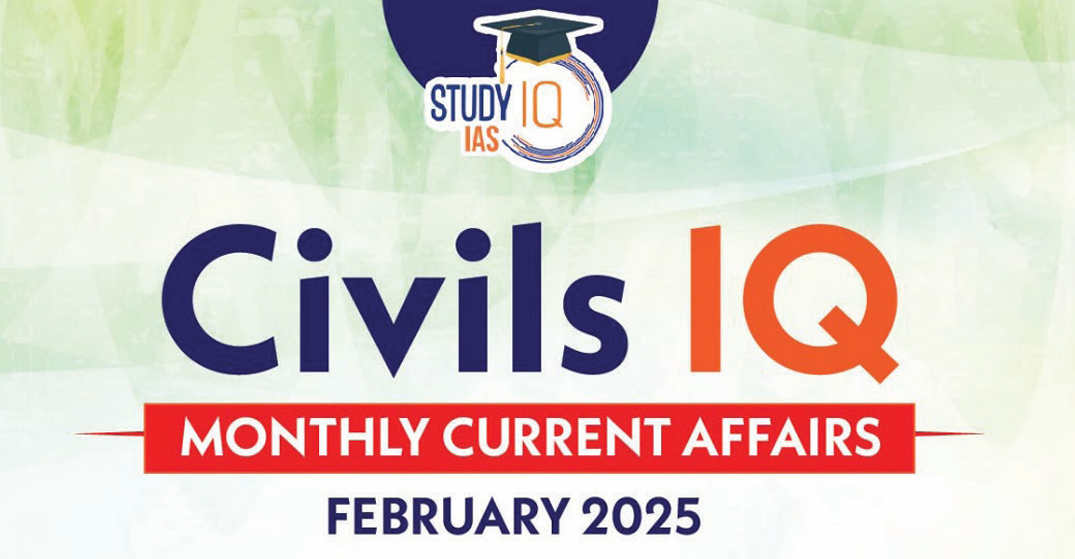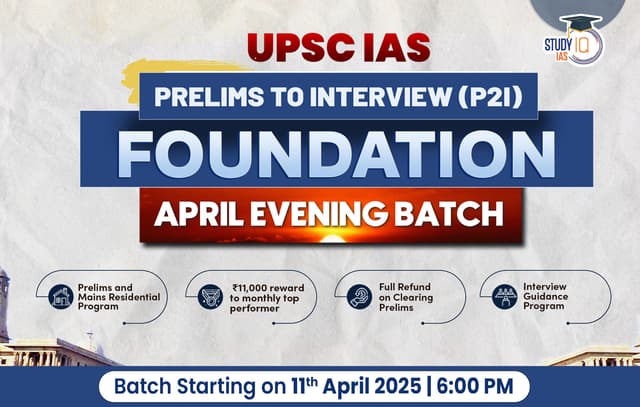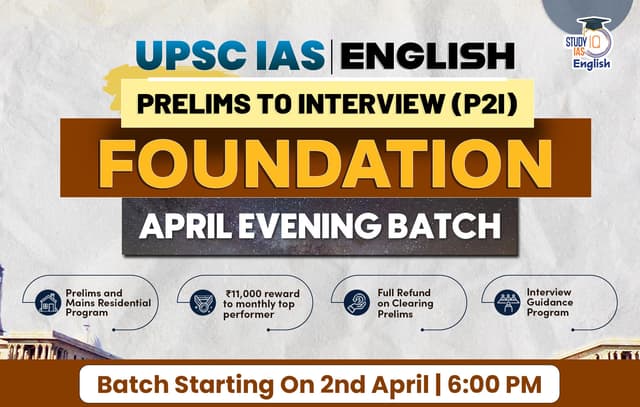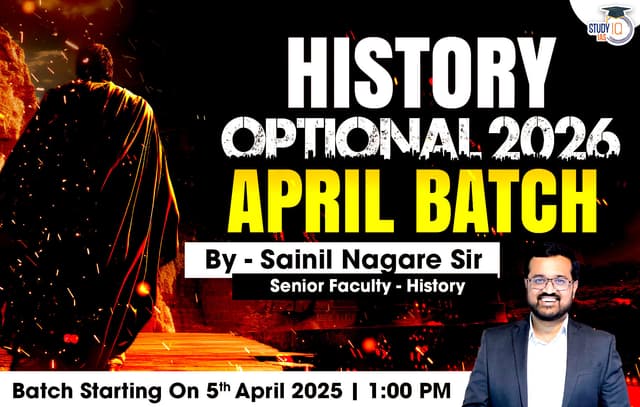Context: A US military plane carrying 104 Indian deportees landed in Amritsar. Many of them reached the country through multiple countries via a ‘dunki route.’
About Dunki Route
- It is a term for the journey migrants take through Latin American countries to reach the US border.
- This journey often begins in countries such as Ecuador, Bolivia, or Guyana, known for their relatively easier visa processes for Indian citizens.
- Travellers face the treacherous Darién Gap, a forested region between Colombia and Panama, known for its challenges including scarce clean water, dangerous wildlife, and criminal gangs.
- After Panama, the route typically passes through Guatemala and into Mexico, with migrants confronting obstacles like fence jumping and river crossings, including the Rio Grande.
- The journey can cost between Rs 15 lakh to Rs 70 lakh, involving dealings with human trafficking rings.
- Indian agents work in conjunction with traffickers throughout the route to facilitate the journey to the US.
- Despite the inherent risks and dangers, many migrants undertake this hazardous journey driven by the hope of achieving the American Dream.
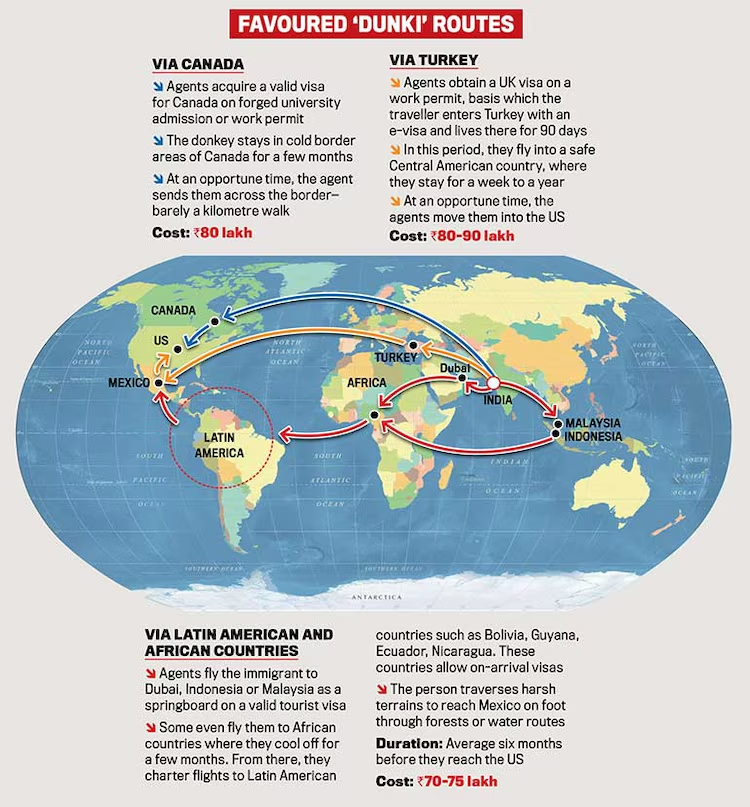
| Why do some Indians undergo the hardship of illegal migration? |
Lack of Economic Opportunities
- Unemployment & Underemployment: Despite economic growth, many Indians, especially in rural areas, struggle to find stable jobs with decent wages.
- Even Developed States Face Job Shortages: Illegal migrants often come from economically advanced states like Gujarat and Punjab, where a lack of high-paying jobs pushes people to seek opportunities abroad.
Better Income Prospects Abroad
- Higher Wages in Developed Countries: Even low-skilled jobs in countries like the US, Canada, and UK pay significantly higher salaries than many professional jobs in India.
- Aspiration for Financial Stability: Many illegal migrants hope to remit money back home and improve their family’s financial situation.
Social & Peer Pressure
- Established Migrant Networks: Communities in Punjab and Gujarat have large overseas populations, making migration a social norm.
- Family & Peer Expectations: Success stories of relatives abroad create pressure to migrate, often leading people to take illegal routes if legal options are unavailable.
Perception of a Better Life in the West
- The “First World Dream”: Many believe that countries like the US, Canada, and Europe offer a better quality of life, education, healthcare, and security.
- Influence of Social Media & Films: Western lifestyles, showcased in movies, social media, and news, make migration more desirable.
Legal Migration Barriers & High Costs
- Stringent Visa Rules: Many Indians fail to qualify for skilled worker visas, forcing them to take illegal routes.
- High Costs of Legal Migration: Student and work visas require significant financial investment, which many cannot afford.
|
Sharing is caring!


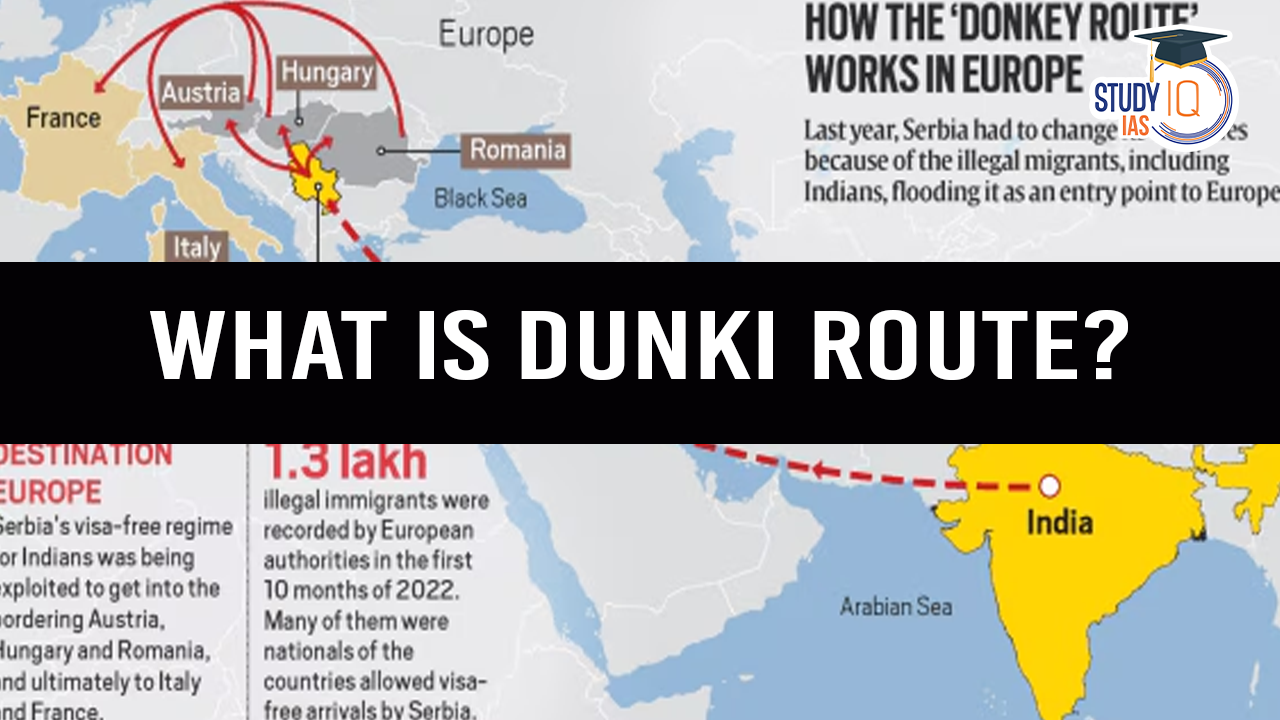
 EU Plans to Slash General Data Protectio...
EU Plans to Slash General Data Protectio...
 India-China Relations, Evolution, Areas ...
India-China Relations, Evolution, Areas ...
 India-Bangladesh Relation, Areas of Coop...
India-Bangladesh Relation, Areas of Coop...
